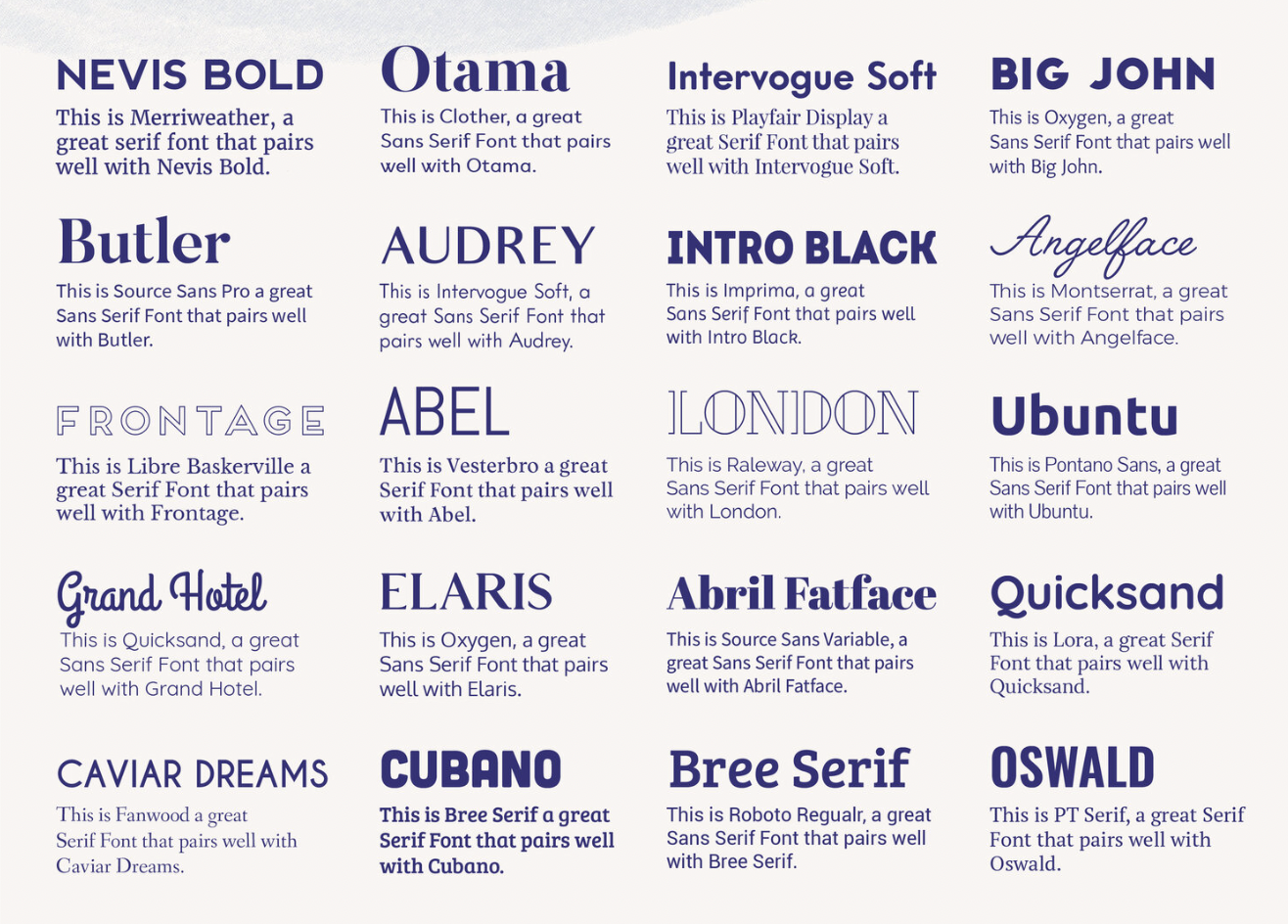Are Gimbals Dead in 2024?
Disclosure: This post contains affiliate links. By purchasing through these affiliate links, you are directly supporting us as creators at no extra cost to you which helps us make more videos and articles!
Gimbals often sit collecting dust on our shelves right next to our drones. When prosumer gimbals came down to $500-$1,000 price points everyone jumped on getting one, maybe even two as multiple releases a year promised more and more until we got to a point where pretty much any gimbal that gets released nowadays can carry most prosumer cameras and they can all do the fancy moves we expect a gimbal to do.
What is a gimbal?
A gimbal is a crucial tool used in photography and videography to stabilize camera movements. It consists of a pivoted support that allows the camera to rotate freely on multiple axes while maintaining its stability. The primary purpose of a gimbal is to counteract unwanted camera shakes or vibrations, resulting in smooth and steady footage.
Gimbals are widely used in a variety of shooting scenarios, from professional filmmaking to casual vlogs. They provide users with the ability to capture dynamic and engaging shots, even in challenging environments or while in motion. Whether it's a sweeping panoramic shot, a smooth tracking shot, or a steady close-up, a gimbal enables photographers and videographers to achieve professional-level stability and fluidity in their visuals.
The mechanics behind a gimbal are relatively simple, yet ingeniously effective. Three-axis gimbals are the most common, allowing movement on the pitch, yaw, and roll axes. The camera is secured to the gimbal mount, which is connected to a system of motors and sensors. These motors constantly make adjustments according to the camera's movements, keeping it level and steady. The sensors detect any shifts in orientation, and the motors react accordingly to maintain stability. This intelligent stabilization system ensures that the footage remains smooth and shake-free, regardless of external factors or the operator's movements.
Gimbals come in various sizes and designs, catering to different types of cameras and shooting requirements. There are handheld gimbals designed for lightweight cameras and smartphones, which are perfect for on-the-go shooting and vlogging. On the other end of the spectrum, larger gimbals are used for professional cinema cameras, allowing filmmakers to achieve cinematic shots with precise control over camera movements. Some gimbals even feature advanced features like follow focus and remote control capabilities, further enhancing the versatility and functionality of these devices.
Why are Gimbals so expensive?
Gimbals are usually expensive because of the advanced technology and engineering required to create them. The precision and stability they provide to aerial cinematography or handheld photography equipment is invaluable, making them a crucial tool for professionals in the industry. Additionally, the materials used to manufacture gimbals, such as high-quality motors and stabilizers, contribute to their higher price point. The materials they’re made from has to be as lightweight as possible because users are carrying them all day.
Are gimbals worth it?
Gimbals are definitely worth the money for anyone who wants to capture smooth and stable footage. Their ability to stabilize cameras and eliminate shaky movements enhances the overall quality of videos and makes them look more professional. Whether you're a professional filmmaker, a content creator, or simply someone who enjoys capturing life's precious moments, investing in a high-quality gimbal will greatly enhance your videography experience.
Why Gimbals Might Be On The Downtrend
The reason I think the trend of gimbals may be near an end is because we’ve seen so much smooth movements that I have started noticing more creators try out handheld looks. Depending on the shot and style it can give a very nice characteristics to have a little bit of shake in the footage. The other reason gimbals have become less used is the fact that creators seem to be wanting to slim down their rigs as much as possible. Even creators with millions of followers are opting for small cameras with great built in stabilization so that they can still get pretty smooth footage without external stabilizers.
The final nail in the gimbal coffin may be gyro data. More and more cameras are starting to save internal gyro data. Why is this important? Because software like GyroFlow allow you to import footage and stabilize the actual camera movement during the editing process. this is very different than something like warp stabilizer which create a ton of bad jellow effects. Even the latest Blackmagic Pocket 6K’s save internal gyro data that resolve can now read and stabilize easily.
Gimbals by no means are going to completely go away, there will always be a need for certain shots to be super smooth. I think most creators and filmmakers should buy a gimbal BUT I think we will all find that our gimbals don’t need upgraded as often anymore.
Popular Gimbals Still Worth Looking Into
Price: $869
The DJI RS3 Pro is a state-of-the-art camera gimbal designed to provide professional-grade stabilization for filmmakers and content creators. With its advanced algorithms and high-torque motors, it allows for smooth and precise camera movements, ensuring stunning cinematic shots. The RS3 Pro also features an intuitive interface and intelligent modes, such as ActiveTrack and Force Mobile, making it easier than ever to capture dynamic footage on the go.
Photo Source amazon.com
Price: $415
The Zhiyun Weebill 3S is a top-of-the-line gimbal that provides filmmakers and videographers with unparalleled stability and flexibility. Its innovative design allows for seamless transitions between different shooting modes, making it incredibly versatile for capturing various types of shots. With its powerful motor and intelligent features, the Weebill 3S empowers creators to unleash their creativity and tell compelling visual stories.
Photo Source amazon.com
Do you think you’ll be getting a gimbal this year or upgrading the one you already have?




















